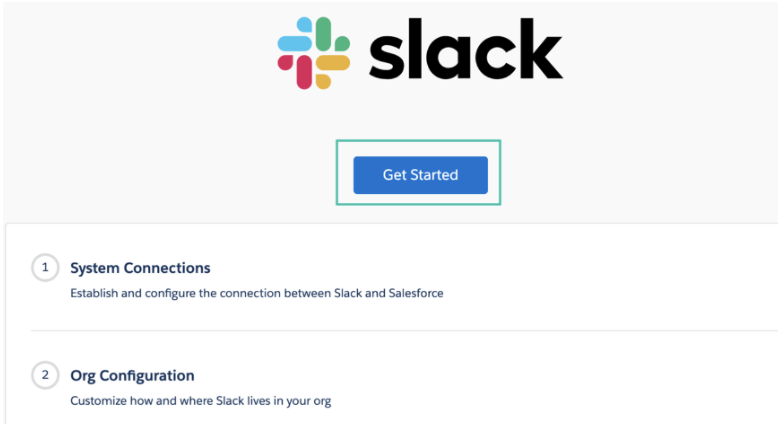
To properly nurture these accounts and provide the kind of service that meets expectations, you’ll often need a coordinated effort from a range of internal staff and external partners and/or vendors. In account-based business-to-business (B2B) relationships, it’s particularly obvious when a business is delivering impersonal customer service. Connecting everybody to personalise experiences

So, every issue or case resolved with the power of Slack and Salesforce increases your chance of resolving the next one even faster. They can be quickly found by other service agents when they’re looking for useful information to solve their own cases. It gets better: the details from each resolved case become added to this searchable knowledge-base. The searcher can then use the information in resolving a problem or pass it on to colleagues, or forward helpful content on to customers. Thanks to Slack’s sophisticated, AI-powered search capabilities, it’s easy to find the right things, whether they’re to be found in a file, message or channel.

That can sometimes make it difficult for them to lay their hands on what they need, when they need it - but not with the help of Slack. However, the answers, documents and content they need can be located in all sorts of different conversations and files. The more relevant details service agents and others can get, and the faster they can get them, the better. Once the message has been constructed, we can use an HttpRequest to send it to Slack’s Webhook.When resolving a case or issue, it’s crucial to have the required information at your disposal. Slack’s API Formatting documentation provides several examples of what the message needs to look like. We will see later how this works.įor Slack to understand the information we send it, we use Salesforce’s JSONGenerator Class to format the message to be delivered.

By marking these attributes as we can pass values to these with the Process Builder. To deal with this we create a slackMessage wrapper class to pass multiple arguments as attributes of the slackMessage class. This method is only capable of taking in one List as its argument. If you are unfamiliar with the annotation, this signals to the Process Builder that this method can be used as an action just like a standard field update. The rest will work as is for your instance. You must replace the webhookURL attribute with the Incoming Webhook URL from step 1. Now let’s make our Apex Class capable of taking in any message and channel combo.


 0 kommentar(er)
0 kommentar(er)
